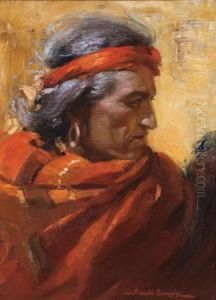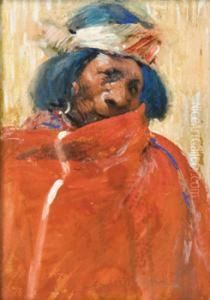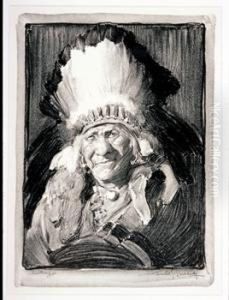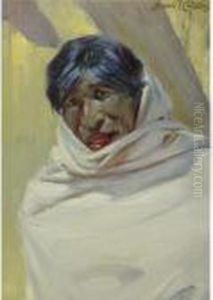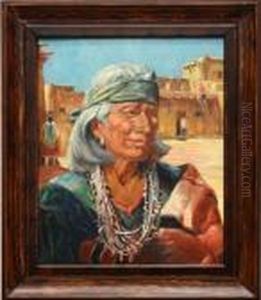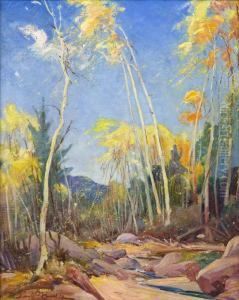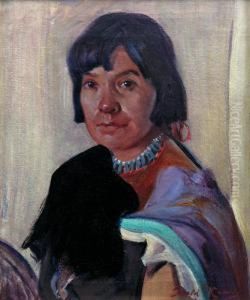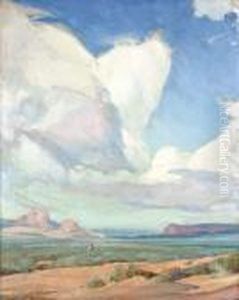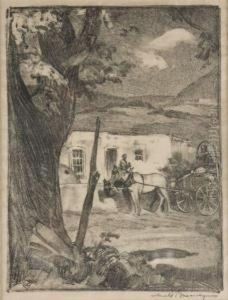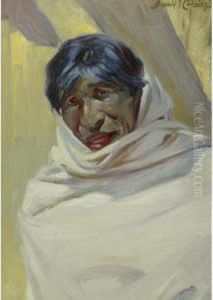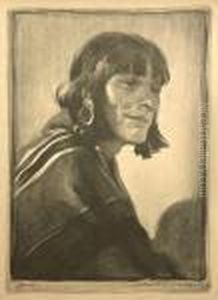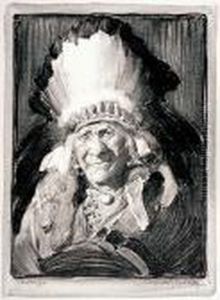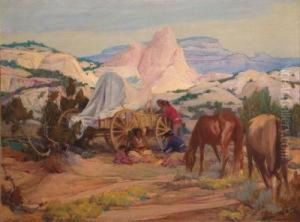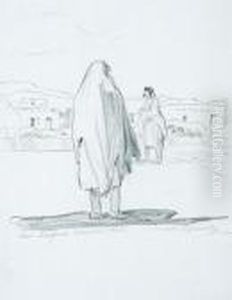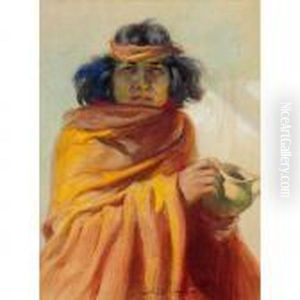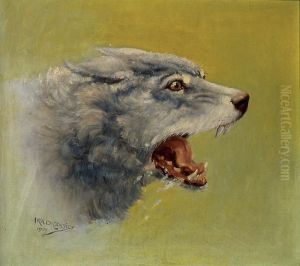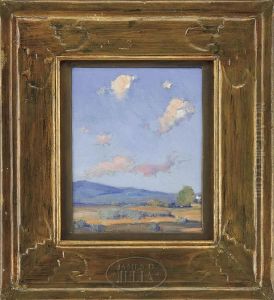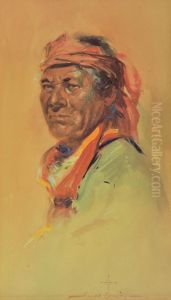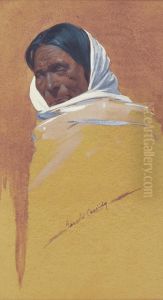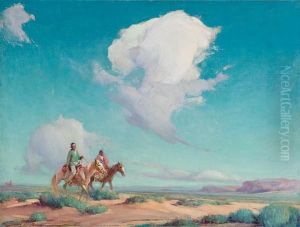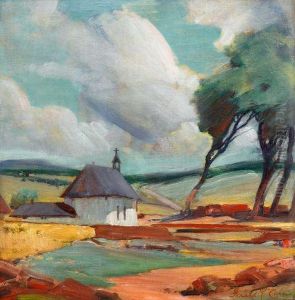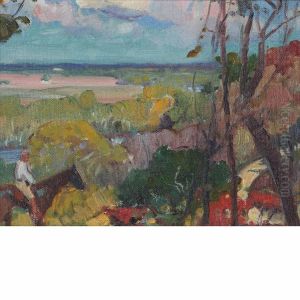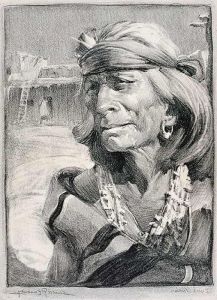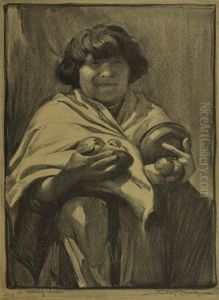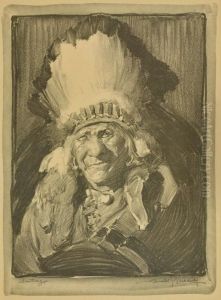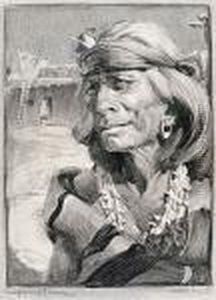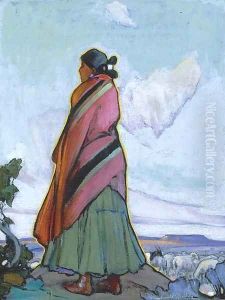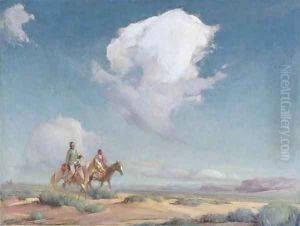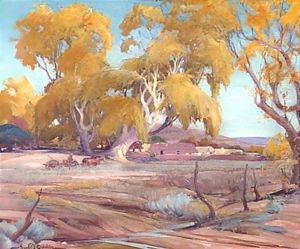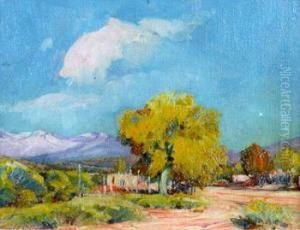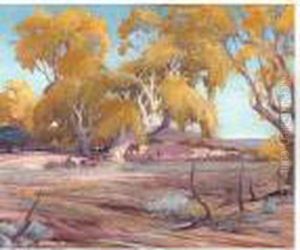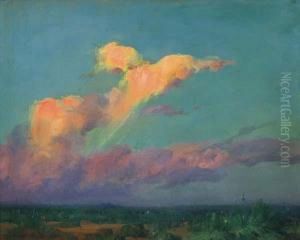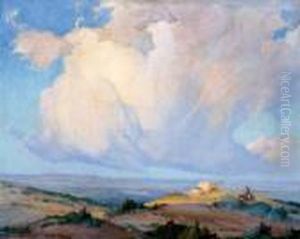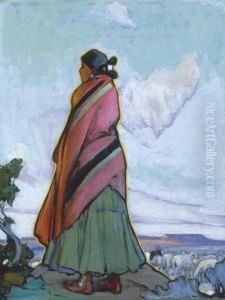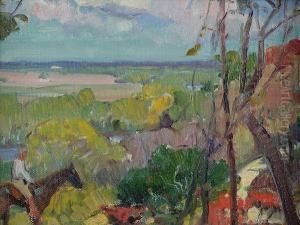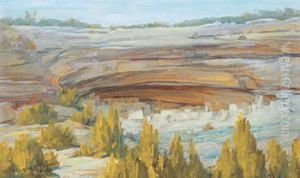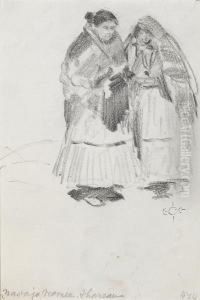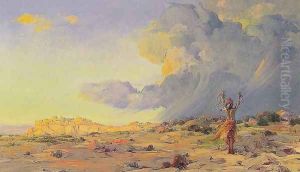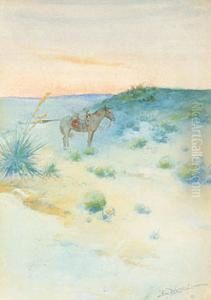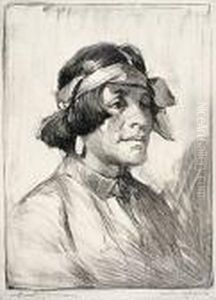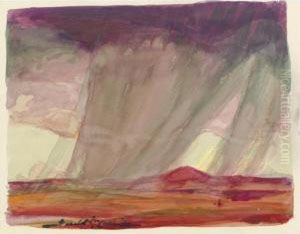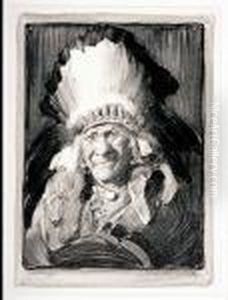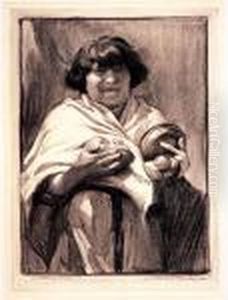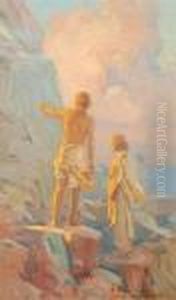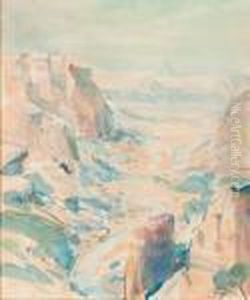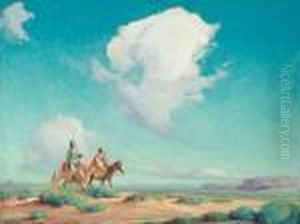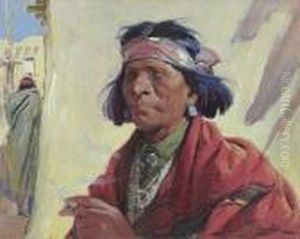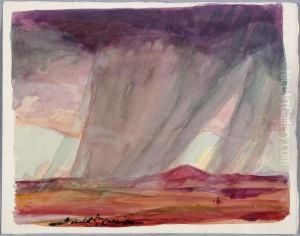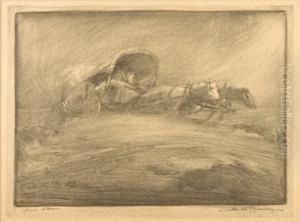Ira Diamond Gerald Cassidy Paintings
Ira Diamond Gerald Cassidy, known as Gerald Cassidy, was an American painter and muralist born on November 20, 1867, in Covington, Kentucky. As a young boy, he was fascinated by the arts and began his journey into the world of painting at a very early age. After contracting typhoid fever when he was 9, Cassidy turned to drawing as a form of entertainment during his recovery, which sparked his lifelong passion for art.
Cassidy studied at the Mechanic Institute in Cincinnati and later at the Art Students League in New York. He also spent time studying in Europe, which was a common practice for artists of his time seeking to refine their craft. His time abroad allowed him to immerse himself in the rich European art traditions, which influenced his later work.
After his studies, Cassidy moved to Denver, Colorado, in 1890, where he worked as a commercial artist. He was profoundly influenced by the culture and landscapes of the American Southwest. He married writer Ina Sizer Davis in 1912, and together they made Santa Fe, New Mexico, their home.
Throughout his career, Cassidy became known for his depictions of Native American culture and Southwestern landscapes. He was a part of the Santa Fe art colony and contributed significantly to the region's artistic identity. His style evolved over time, incorporating elements of realism and impressionism. Cassidy's works were widely exhibited and garnered attention for their vibrant colors and sensitive portrayal of Native Americans.
Gerald Cassidy's murals can be found in various public buildings, including the state capitols of Colorado and Missouri. Sadly, his life was cut short when he died of lead poisoning, a result of the lead-based paints used at the time, on February 18, 1934, in Santa Fe. Despite his untimely death, Cassidy's legacy lives on through his contributions to American art, particularly that of the Southwest. His paintings continue to be celebrated and are held in numerous collections, reflecting his role as a key figure in early 20th-century American art.
